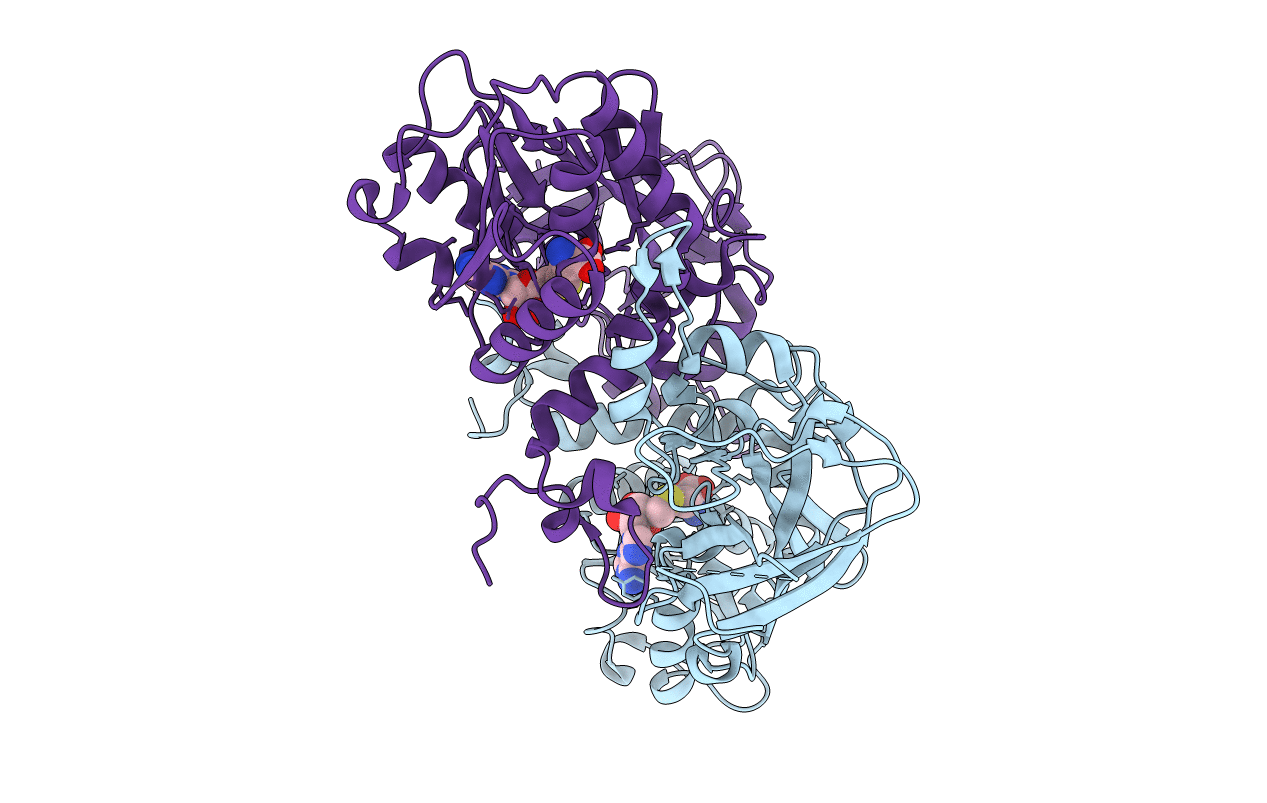
Deposition Date
2015-11-04
Release Date
2016-05-18
Last Version Date
2024-10-09
Entry Detail
PDB ID:
5EKU
Keywords:
Title:
Crystal Structure of Trypanosoma Brucei Protein Arginine Methyltransferase PRMT7 in complex with S-Adenosyl-L-homocysteine
Biological Source:
Source Organism:
Trypanosoma brucei brucei (Taxon ID: 5702)
Host Organism:
Method Details:
Experimental Method:
Resolution:
2.80 Å
R-Value Free:
0.26
R-Value Work:
0.22
R-Value Observed:
0.22
Space Group:
P 32 2 1


